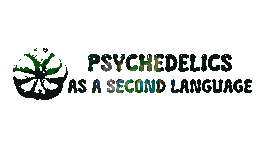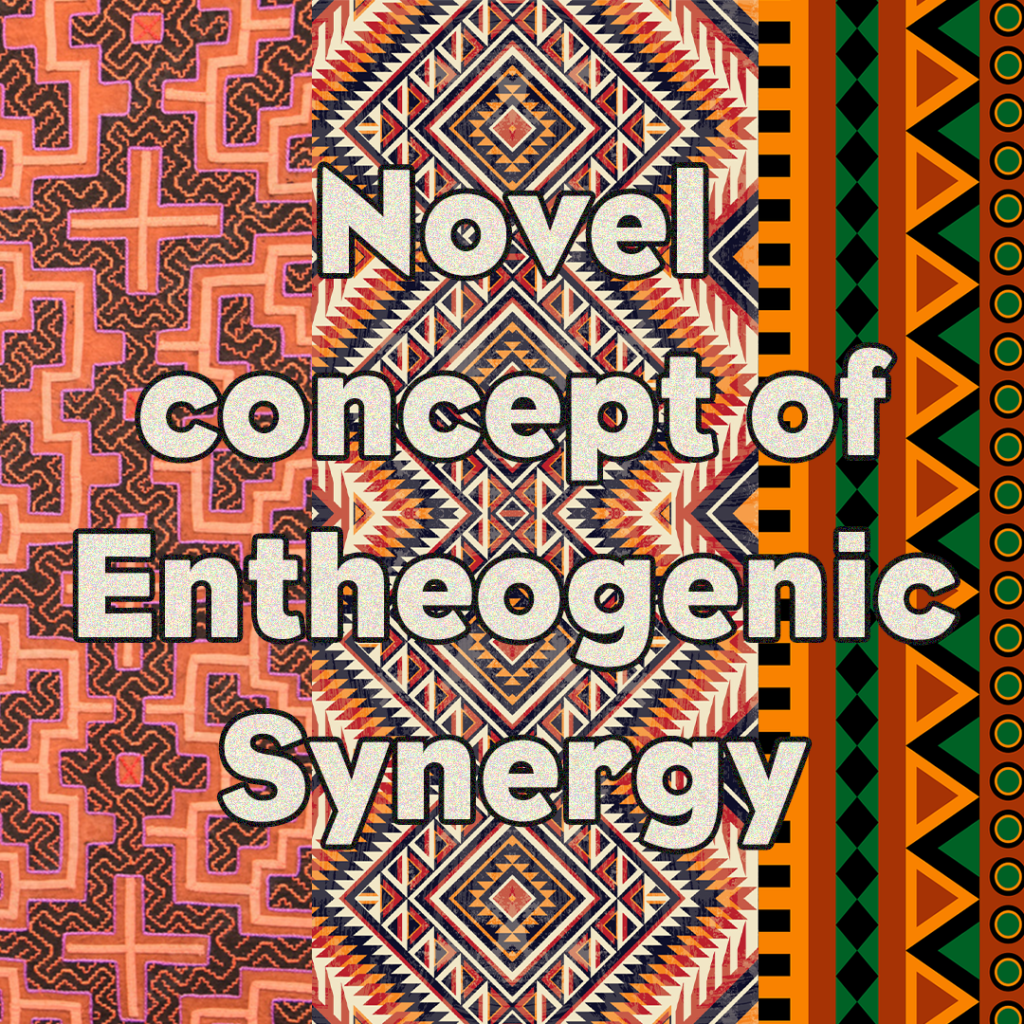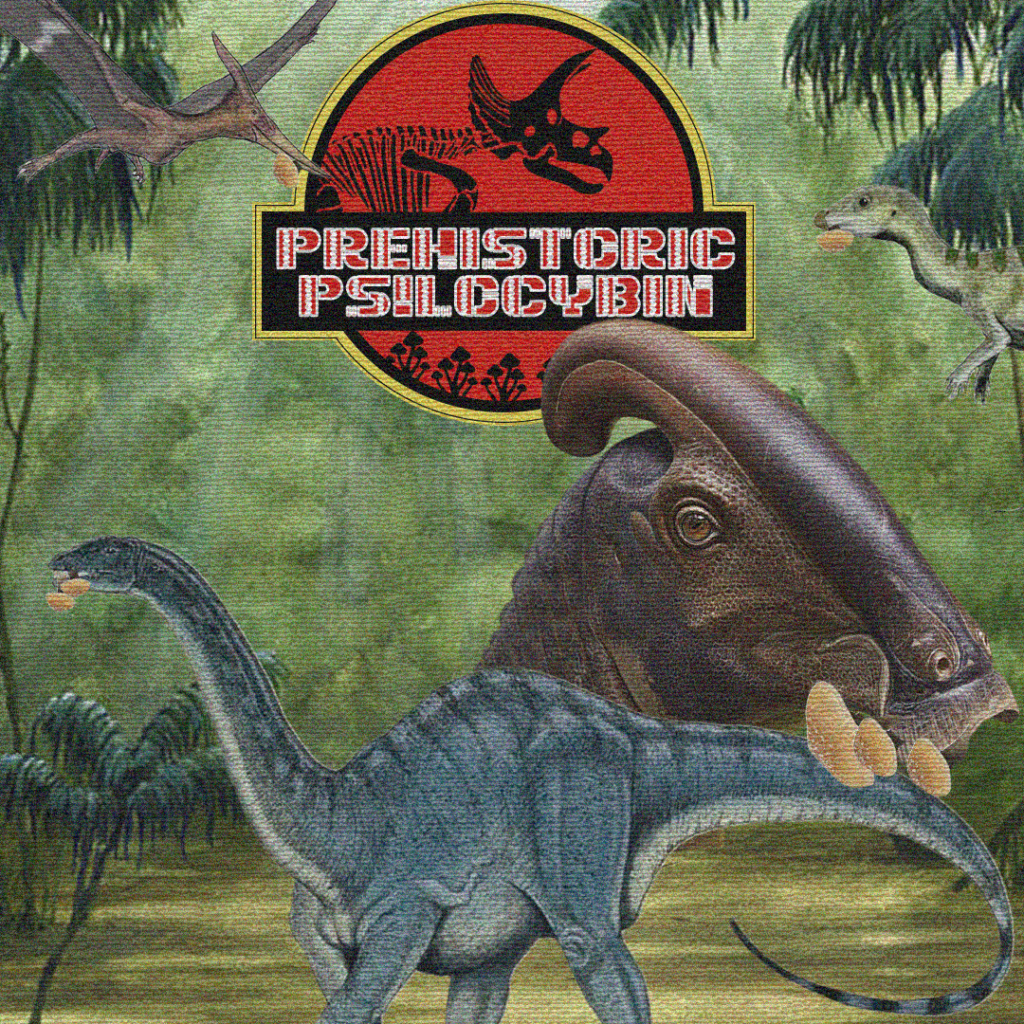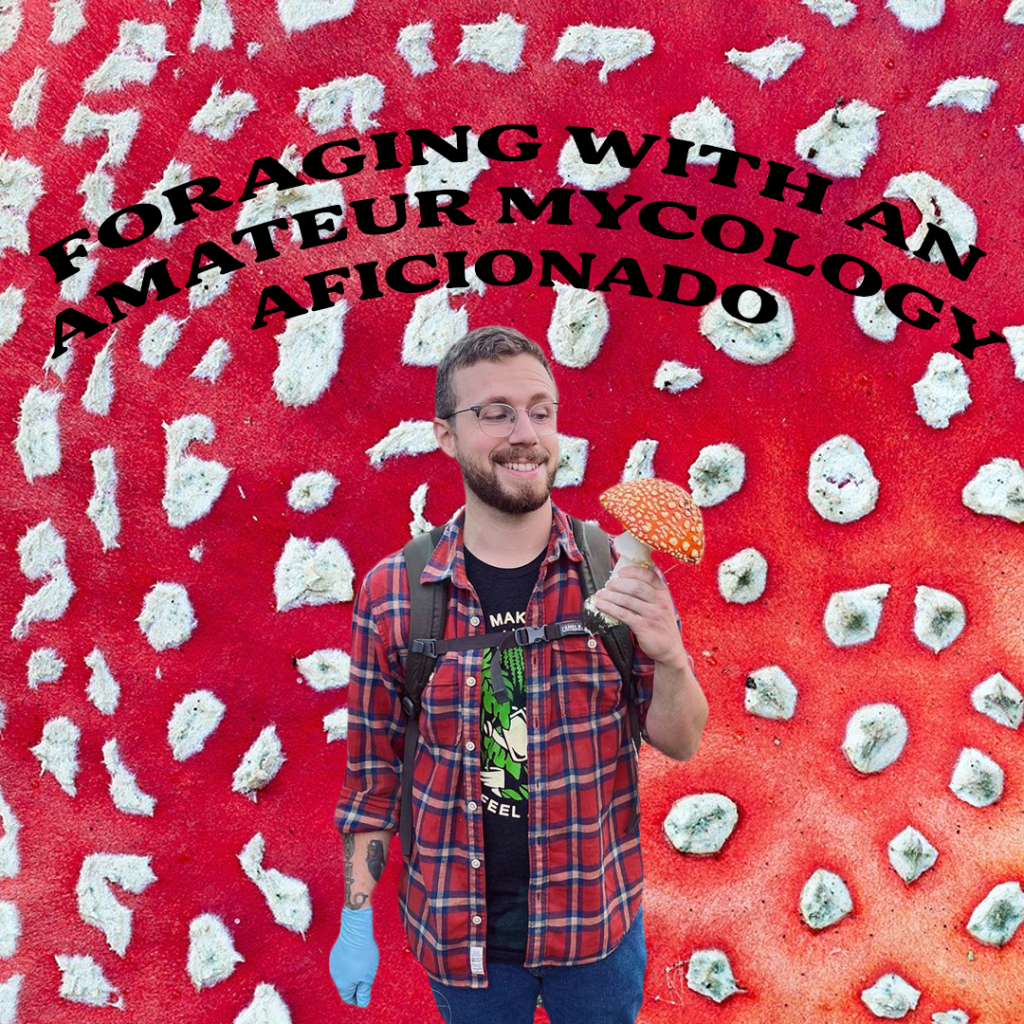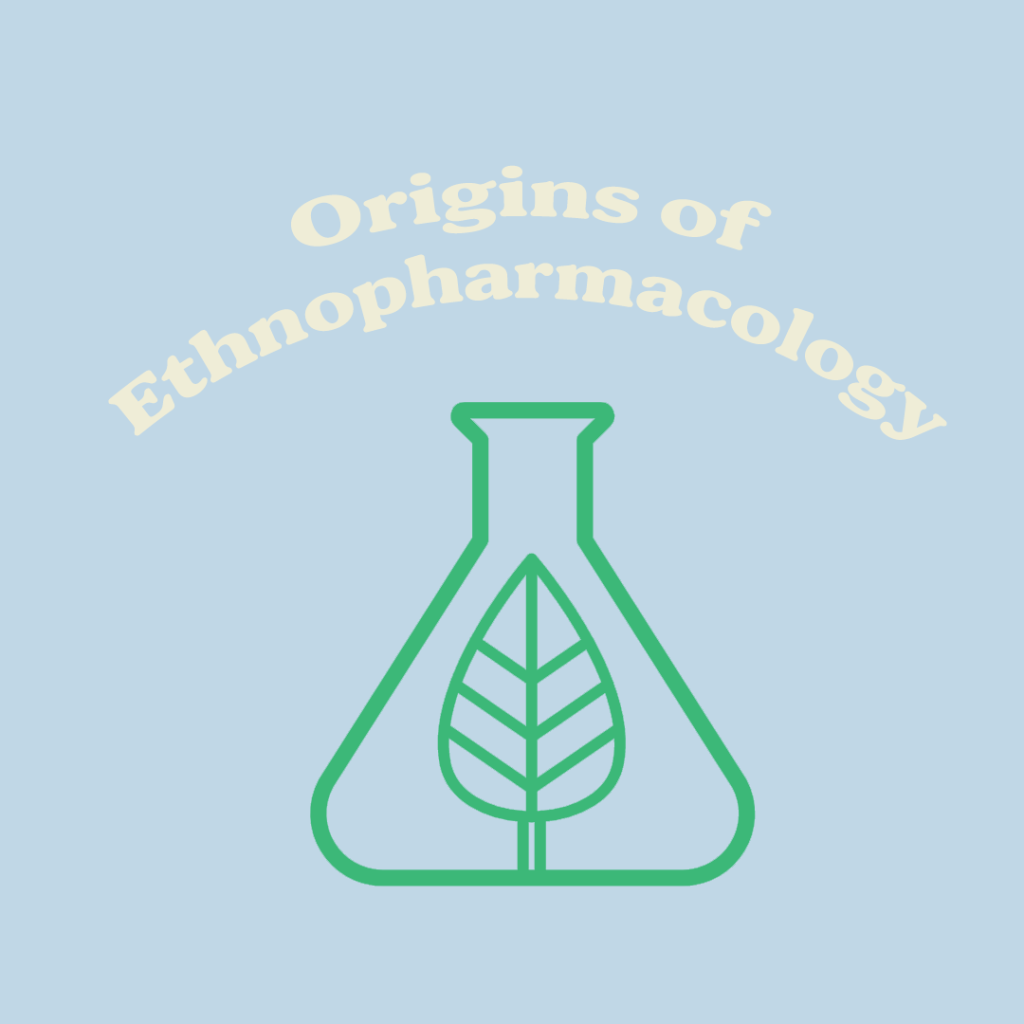Novel concept of Entheogenic Synergy
Following up on last week’s article, we clear up what we coined as Entheogenic Synergy, which bifurcates into Recreational Synergy and Therapeutic Synergy, concepts intended to raise awareness of anthropological values, mu beliefs, and elements susceptible to changing our biochemistry, microbiota, neurochemistry, and the way we think, such as music, hearing other experiences, expectations, and the journey to our destination, as well as conversations we have about the experience, being present to a new environment and language, learning to adapt, changing our neuroplasticity and thermoregulation are explored as equally as the psychedelic experience, and even further, be included in the psychedelic experience in the future research.
Novel concept of Entheogenic Synergy Read More »
